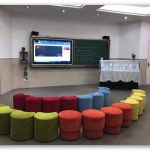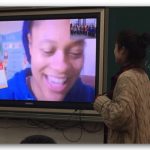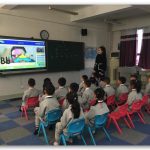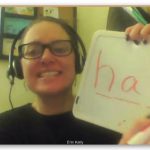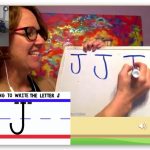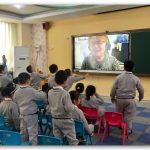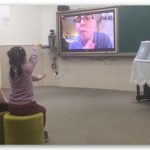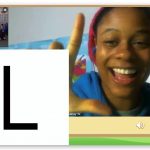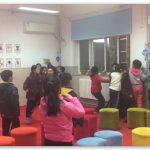Let English learning no longer rely on after-school tutors
Dual-teacher English class lead by foreign teachers in North America
Dewey Future’s dual-teacher English course covers everything from preview, classroom study, review to after-class activities. The main purpose of Dewey Future is to stimulate students’ interest in learning and, so that students can fall in love with learning English.

Dual-teacher English Course Showcase
Course Structure
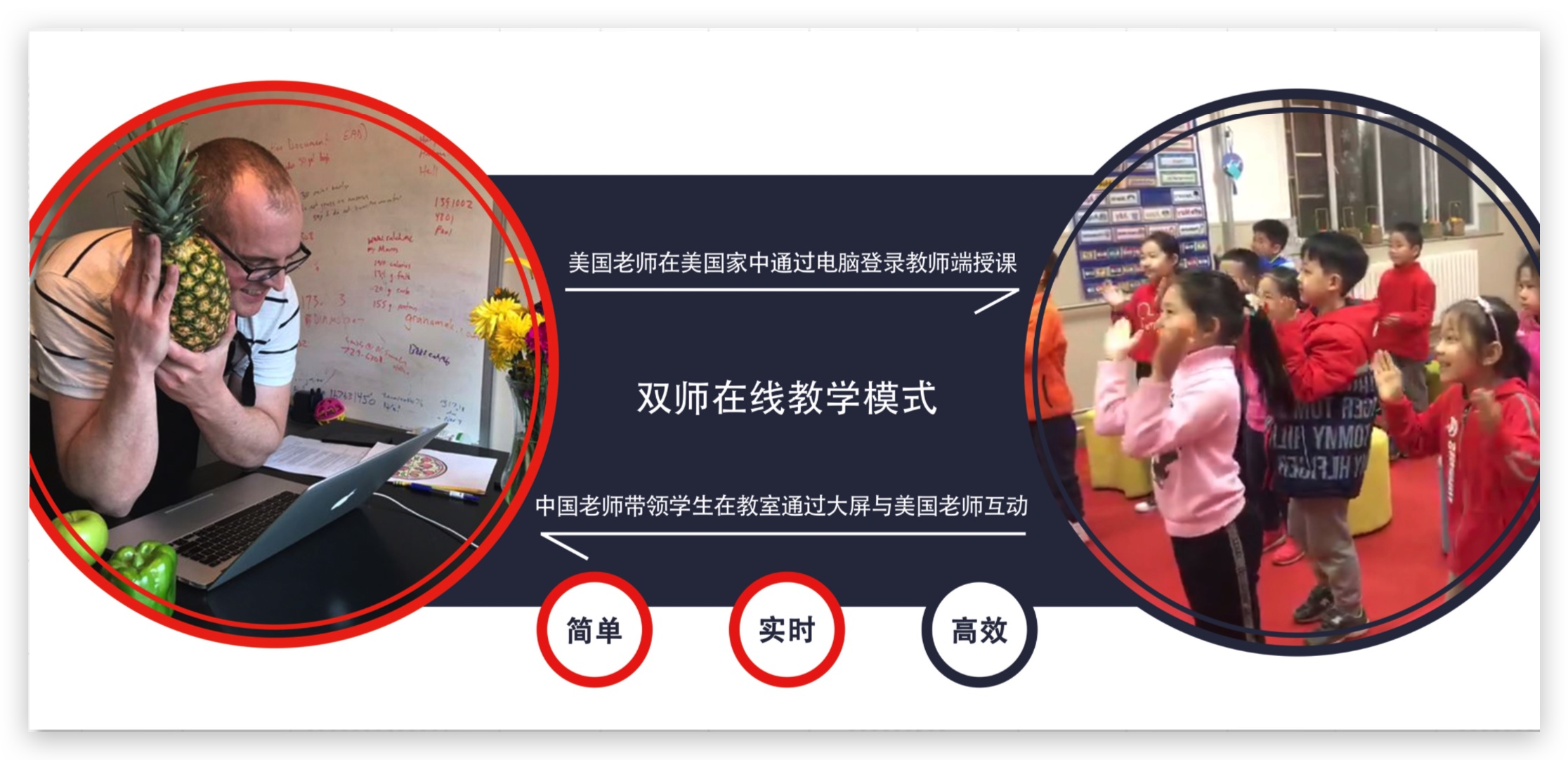
Introduction to Dual-teacher Course
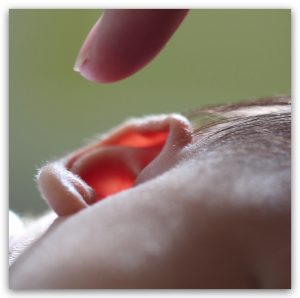
Take care of each student’s learning preferences and personality
Each student have different learning habits in the learning process.
For visual learning of students, Dewey Future’s English expert think carefully in the design of teaching materials, adjust the classroom background, teachers dress and behavior.
For hearing learning children, since they pay more attention to the teacher’s voice, speech style, as well as children’s songs, Dewey Future’s developers think more about whether sound is enough for the hearing learning children
For social learning students, Dewey Future pay attention to interaction between teachers and classmates when developing courses.
Eight intelligences and comprehensive development
“eight intelligences” is proposed by the famous American development psychologist Dr. Howard Gardner, that human intelligence is diversified rather than single, including language intelligence, mathematical logic intelligence, space intelligence, body movement intelligence, music intelligence, interpersonal intelligence, self-cognitive intelligence and natural cognitive intelligence.
When designing Dewey Future’s English courses, the designer, Dr. Chen Shufen, and Chris Bowen design the courses according to the eight intelligence development methods. Curriculum and the interactive games are all designed with eight intelligence in mind to meet the needs of students’ multi-intelligent development.


Picture books and story narration.
According to the SPP reading model, Sight words is combined with Phonics and Picture book to strengthen the pronunciation of students. Teacher review the words with students and then concatenate all the words and sentences through the drawing book, so that students can slowly understand the story, read the story, tell stories and eventually begin to create stories on their own and develop reading and writing skills.
Story telling is also part of psychological construction. When students practice with foreign teachers, they can feel a sense of accomplishment and develop interest and confidence in English
After-class activity design
For students in the 1-3 grade, the interest in learning English is more important than anything else. To this end, our after-class activities are designed to weaken the scoring function represented by testing and focus on stimulating interest and the formation of learning habits.
After-school activities are divided into daily, weekly and creativity three types. Students develop the habit of regular review, and stimulate their ability to independently choose to review content and learning progress.
We design the after-school content around two principles: Gamification and socializing, so that students’ interest in learning to enhance.
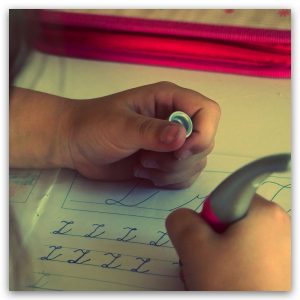

Nursery rhyme and eye to eye teaching
Different from teaching through PPT, Dewey Future advocates eye to eye teaching. Even through teachers and students in different locations, the whole class can still maintain a high level of interaction.
Our courses use games (such as Bomb series games, slot machine games, etc.), picture books and classroom activities (such as Four Corners). Our foreign teachers also avoid boring lecturing.
In order to create an active atmosphere, nursery rhyme has become an important part of Dewey Future’s English teaching: 1) Nursery rhyme is closely related to teaching content; 2) foreign teachers truly teach nursery rhyme rather than simply play and remember; 3) In addition to nursery rhyme, we introduce the stories to enhance students’ learning.

